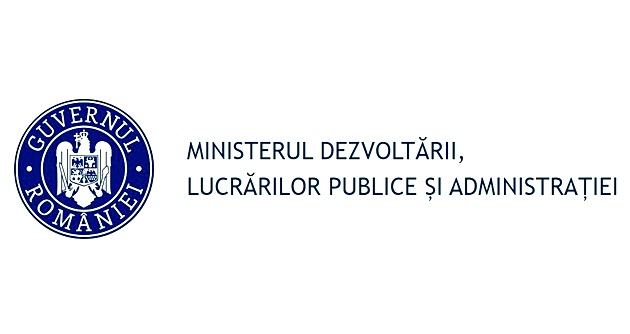883

The Global Concrete Market: Trends and Outlook for 2025-2030
The global concrete market is essential for the construction sector, and its evolution between 2025 and 2030 is influenced by factors such as infrastructure investments, urbanization, and environmental policies, according to the latest market analyses by JLL.
In this context, a compound annual growth rate (CAGR) of approximately 5% is projected globally.
Regional Market Evolution
Asia-Pacific: This region dominates the concrete market due to emerging economies such as China and India, where rapid urbanization and massive infrastructure projects drive demand. Asia-Pacific is expected to maintain robust growth, with a CAGR of over 5.5% during the analyzed period.
North America: Investments in infrastructure renovation and the development of residential and commercial projects contribute to the growth of the concrete market in this region. Forecasts indicate a CAGR of approximately 4% by 2030.
Europe: Strict environmental policies and a shift towards sustainable construction materials influence the concrete market. While demand remains steady, moderate growth is anticipated, with a CAGR of around 3.5%.
The Situation in Romania
In Romania, the construction market has experienced significant growth, directly impacting the demand for concrete.
According to available data, in 2023, the threshold of 4,000 new construction machines sold in a single year was surpassed for the first time, indicating intense activity in the construction sector.
Bergerat Monnoyeur Romania, the market leader in construction equipment, reported a turnover exceeding 170 million euros in 2023.
For the first six months of 2024, the company estimated a growth of approximately 5% compared to the same period in the previous year.
However, in the second half of 2024, the market recorded a decline of 15% to 20%, attributed to constraints affecting small and medium-sized enterprises.
This trend may influence the demand for concrete in the coming period.
Key Factors and Future Prospects
Infrastructure Investments: Projects funded by European funds and local budgets play a crucial role in the dynamics of the concrete market. Meeting national milestones and established criteria is essential for the continuation of these investments.
Interest Rates and the Residential Sector: Interest rate levels directly influence investments in residential construction, implicitly affecting concrete demand.
Sustainability and Innovation: Companies in the sector are focusing on developing eco-friendly solutions. For example, Heidelberg Materials has announced evoZero, the world's first net-zero CO₂ cement, produced on a large scale through carbon capture and storage technology.
Conclusion
The concrete market from 2025 to 2030 will be shaped by economic, political, and environmental factors.
In Romania, its evolution will depend on infrastructure investments, economic conditions, and the industry's ability to adapt to sustainability and innovation requirements.




